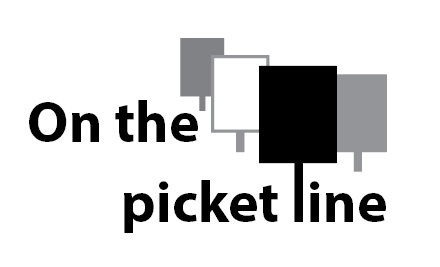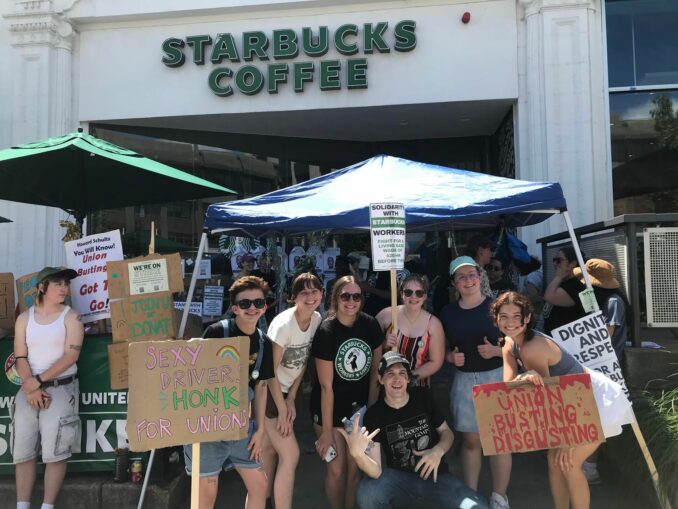On the Picket Line
Nontraditional workers march for unemployment benefits

Earlier this month, hundreds of workers marched across the Manhattan Bridge in New York City to call attention to the plight of workers not considered “employed,” who are then excluded from unemployment compensation. Marchers stopped traffic to get the attention of state legislators and the governor, calling on them to approve the Unemployment Bridge Program, which would guarantee an income compensation safety net for workers described as “freelancers” or “self-employed.”
According to the Immigration Research Initiative, the Bridge program would benefit 750,000 New Yorkers. Besides self-employed workers and freelancers, those who would benefit from UBP include immigrants lacking work authorization, some construction workers, domestic laborers, landscapers and workers reentering the job market after incarceration.
Janet Rolon Fry, one of the protesters advocating for UBP, stated: “We are here to march in solidarity with all the workers who are currently excluded from unemployment benefits. They contribute; they pay taxes, but they’re not considered for basic labor protections.”
The limited assistance provided to those workers during the COVID-19 pandemic by the Excluded Worker Bill was short-lived financial compensation for the nontraditional workers, who saw their income severely curtailed during the pandemic, when many businesses closed and employment opportunities dried up.
Advocates see UBP as a way to continue the state guaranteed compensation, when misnamed “self-employed” workers lose employment. Given the volatile state of the economy, UBP could be the only thing keeping an unemployed freelancer from homelessness and food insecurity. The demonstration organizers will keep up the pressure on lawmakers and the governor to adopt UBP before the April 1 legislative deadline.
Strike numbers up
In 1982, the anti-labor Reagan administration cut funding to the Bureau of Labor Statistics; the cuts to funding caused the BLS to only track and record work stoppages of more than 1,000 workers. The result is that the vast majority of strikes taking place now are not documented, and policy makers, scholars and the public are misinformed about the true scope of workplace organizing.

These Starbucks workers are among the 224,000 who went on strike last year. Boston, August 7, 2022. WW Photo: Maureen Skehan
Enter the Cornell University School of Industrial and Labor Relations. Their ILR Labor Action Tracker is a valuable tool that can circumvent the shortcomings of the federal BLS and provide a picture of labor organizing happening in the U.S. without any political filters.
Here is what the ILR’s analysis of labor activity in 2022 reveals: There were 424 work stoppages involving 224,000 workers. This was a 52% increase in work stoppages from 2021 (279 in 2021 to 424 in 2022) and a 124% increase in number of workers involved (from 100,000 to 224,000). Of the accommodations and food-industry worker stoppages, 91% were led by either Starbucks Workers United or the Fight for $15 campaign.
Although the ILR School report acknowledges that strike activity is still historically low, strike activity involving workers in 2022 amounted to 4,447,588 days of withheld labor.

